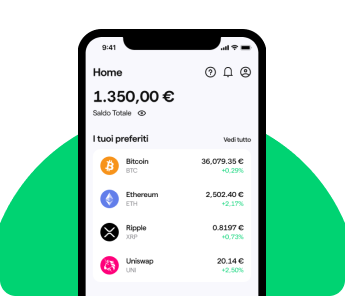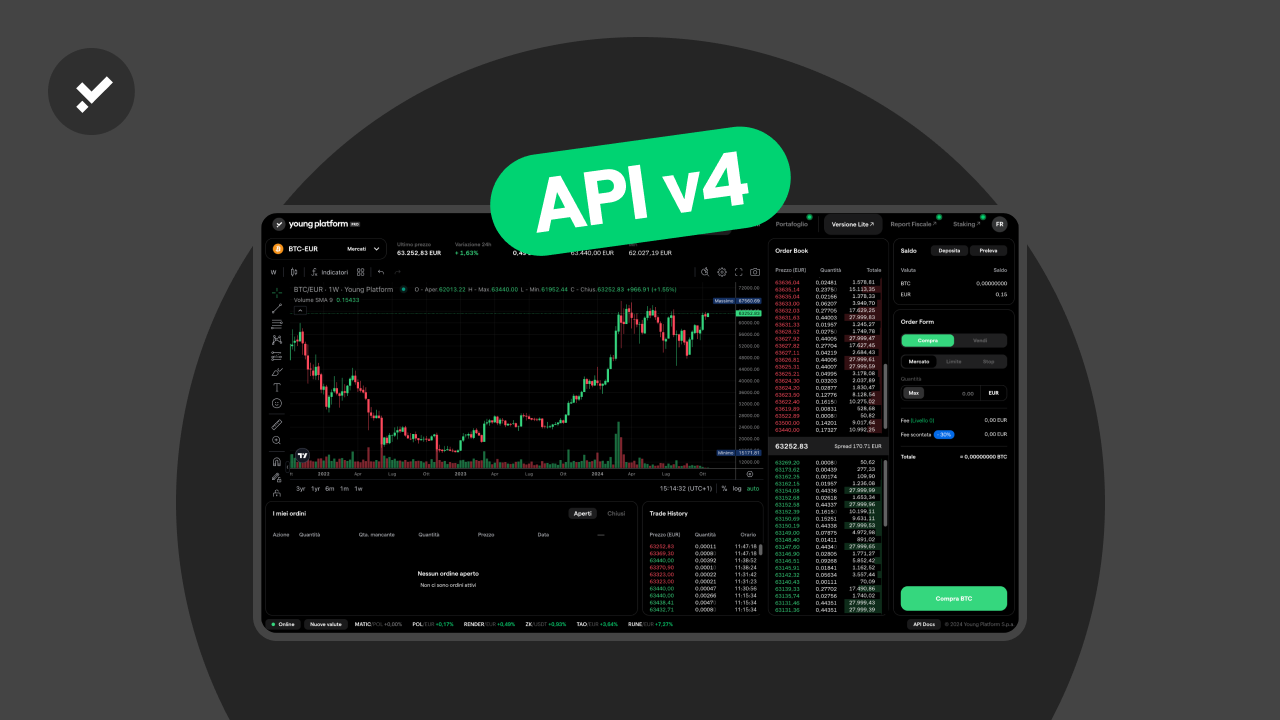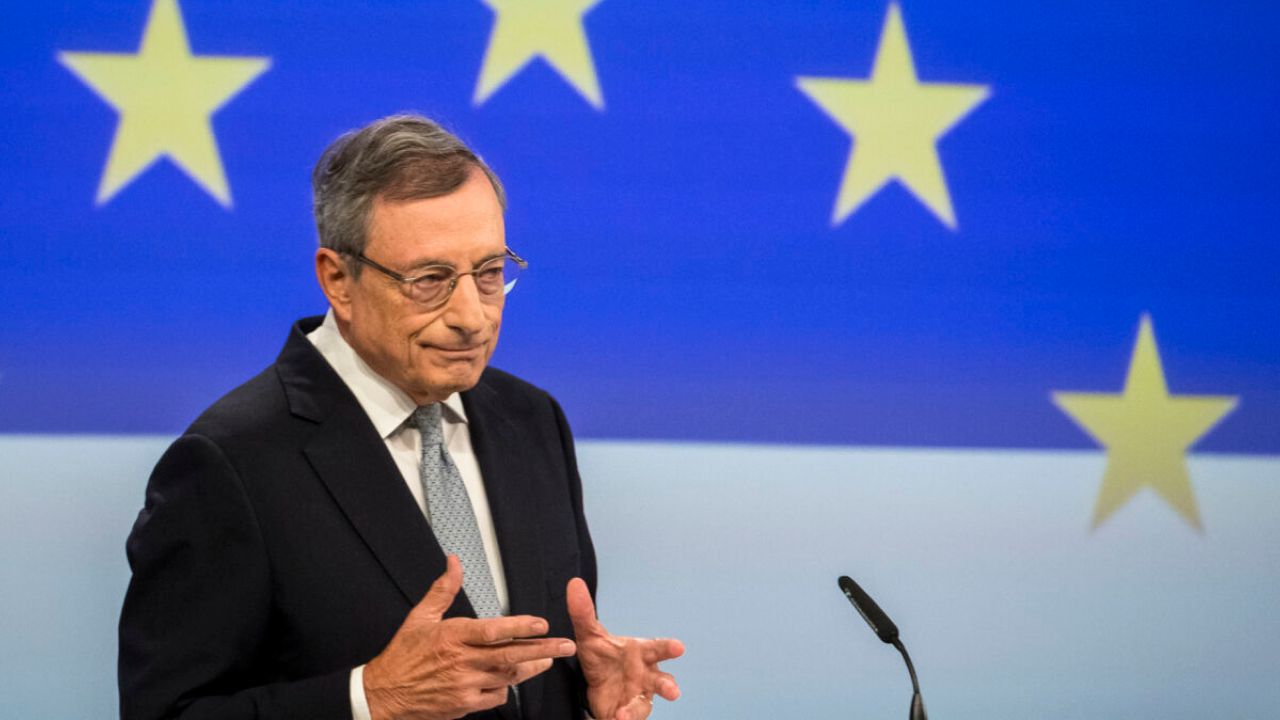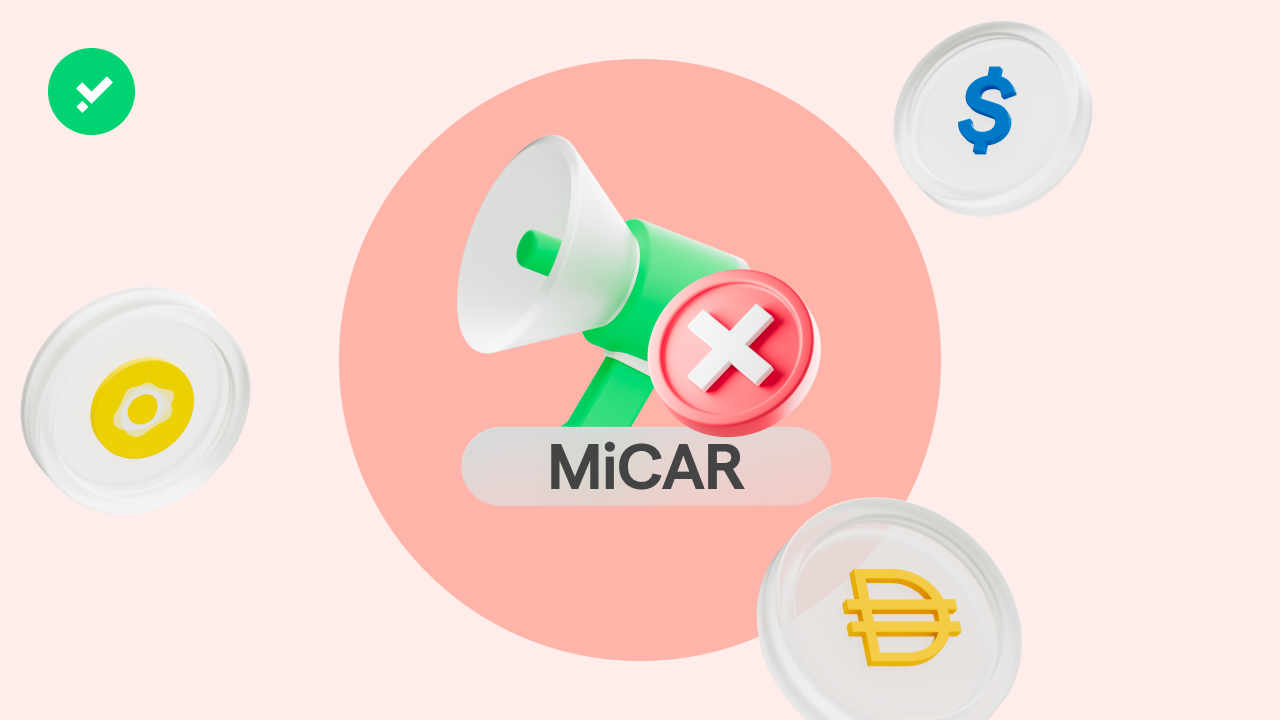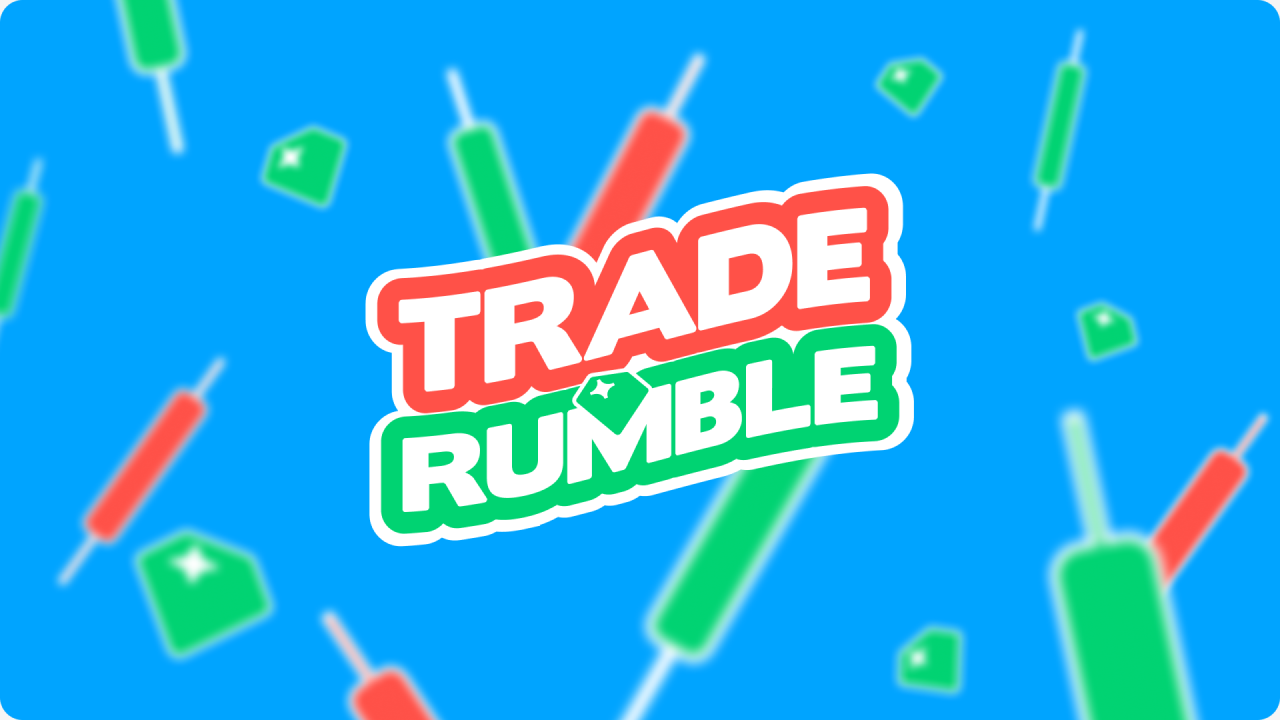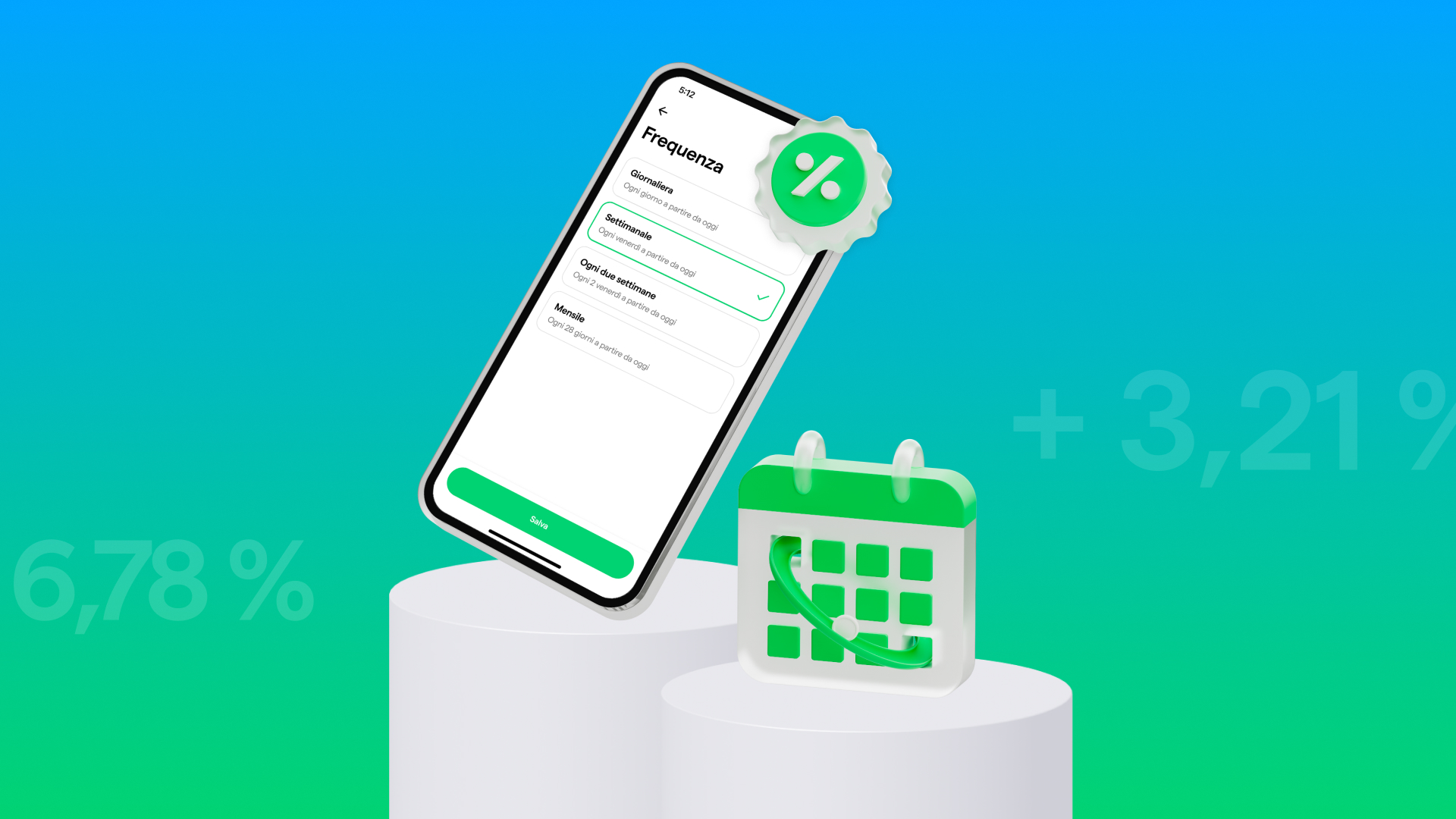Complete guide on how Quests, Gems, the Championship and prizes work
From 9 December to 10 March, The Reveal Championship takes place. Every activity completed in these weeks can earn you Gems and help you climb the leaderboard, but only if you remember to claim them. Otherwise, they will be lost when the Quests refresh.
Differences Between Championship and Tournaments in Brief
The Reveal competition runs on two parallel tracks: the Championship and the Tournaments.
The Championship is the overall leaderboard based on the total number of Gems accumulated throughout the competition; the winner is the one who demonstrates consistency and strategy.
In fact, the most significant prizes – such as the Rolex Submariner, the KTM Duke 125, and tickets to the F1 Monza Grand Prix – are awarded here to the top 20 ranked players.
The Tournament, on the other hand, is a series of mini-competitions that renew every fortnight. Don’t know the Tournament rules? Find all the info at this link: The Reveal: How Tournaments and Tickets Work.
This guide focuses on how the Championship works. We’ll explain how to get Gems, climb the leaderboard, and maximise every opportunity to get closer to the podium – or at least the top 20.
If you’re serious about winning, this is where you start.
What Are Quests?
Quests are activities you can perform directly on the Young Platform app. Each completed Quest allows you to earn Gems, the fundamental unit for climbing the leaderboard or obtaining Tickets valid for the lottery.
Championship Quest Categories: Watch Their Duration
In the Championship, not all Quests are created equal: they can be unique, meaning that a specific Quest will not appear again, or repeatable, meaning they are cyclical.
In addition to varying in frequency of appearance, Quests are divided into three other main categories, designed to reward those who tackle The Reveal with determination.
They can be:
- Daily: Available in the App for 24 hours, allowing you to accumulate Gems quickly.
- Weekly: Remain active for 7 days because they are more complex than daily ones. For this reason, once completed, you will be entitled to a higher Gem reward.
- Permanent: Last for the entire competition and are tied to the Championship.
Warning! Most Quests require a Manual Claim! So remember to redeem the Gems once the Quest is completed: when it expires, the associated Gems “expire” too – and disappear with the Quest.
What Are Gems Used For?
Gems have two fundamental functions. Firstly, they boost your score in the general leaderboard, called the Championship. The more Gems you accumulate, the higher you climb.
Secondly, they unlock Tickets. On this point, pay attention because the Ticket issuance mechanism has changed: while with The Unbox, you earned a Ticket for every 100 Gems accumulated, for The Reveal, we have built a tiered system, as follows:
- Tier 1 – from 0 to 500 Gems accumulated: 1 Ticket every 30 Gems
- Tier 2 – from 501 to 1,500 Gems accumulated: 1 Ticket every 100 Gems
- Tier 3 – from 1,501 to 3,000 Gems accumulated: 1 Ticket every 200 Gems
- Tier 4 – from 3,001 Gems accumulated onwards: 1 Ticket every 300 Gems
To summarise, the more Gems you possess, the more “expensive” it will be to obtain Tickets. Why this change? To democratise the game and allow more people to participate in the prize draw.
Clearly, Gems are non-transferable and cannot be converted into cash: they are valid only within the competition.
How Do You Participate in the Championship?
To participate in the championship (i.e., the general Gem leaderboard), you must:
- Download or update the Young Platform app.
- Log in or register for your personal account.
- Sign up for The Reveal in the app and accept the rules.
- Complete Quests to collect Gems.
The leaderboard is unique and updates in real-time. At the end of the competition, the top 20 ranked users will receive the main prizes. In the event of a tie, the winner is whoever reached the score first.
How Do You Win Championship Prizes?
Prizes up for grabs:
- 1st Place: Rolex Submariner No Date
- 2nd Place: KTM 125 Duke 2025 Motorbike
- 3rd Place: MacBook Pro 14″
- 4th Place: 2 F1 Monza 2026 Tickets (Grandstand 5 Piscina)
- 5th Place: iPhone 17 Pro
- 6th Place: MacBook Air 13″
- 7th Place: iPhone 17
- 8th Place: Apple Watch Ultra 3
- 9th Place: Google Pixel 10
- 10th Place: 1 F1 Monza 2026 Ticket (Grandstand 5 Piscina)
- 11th Place: Garmin Venu 4 (41 mm)
- 12th Place: €500 Amazon Voucher
- 13th Place: €500 Volagratis Voucher
- 14th Place: Samsung Smart TV 50″ Crystal UHD 4K
- 15th Place: Sony WH-1000XM5 Headphones (Noise Cancelling)
- 16th Place: €300 Volagratis Voucher
- 17th Place: €250 Amazon Voucher
- 18th Place: €200 Volagratis Voucher
- 19th Place: €150 Amazon Voucher
- 20th Place: €100 Volagratis Voucher
How Do You Earn Extra Gems with YNG?
Throughout the duration of the Championship, anyone who holds YNG in their main Wallet on the Young Platform receives a weekly Gem bonus. It is an automatic recognition for those who support the project and choose to hold the YNG token.
Warning: YNG tokens locked for Club membership are excluded from the calculation. Only those held freely in the main Wallet are counted.
The operation is simple and meritocratic: every week, the amount of YNG you possess is detected, and based on that, you are assigned several extra Gems. No manual actions or Quests to complete are needed: the Gems arrive directly in your balance.
There are 7 bonus levels, each tied to a holding bracket. If you buy a new YNG and level up, the number of weekly Gems will increase. Conversely, if you sell or transfer YNG, you could drop a level and receive fewer Gems the following week.
The system is dynamic: each week, you can go up or down based on your wallet movements.
How Can You Earn Gems Outside the App?
With Zealy, you can complete social micro-activities (liking posts, following official Young Platform profiles, commenting, participating on Discord) and convert actions into points, which then transform into Gems to use in the competition.
A useful shortcut for those new to trypto who want to start simply.
If you want to know more, find the dedicated article here: Zealy, the “secret” key for The Reveal competition.
How to Receive Prizes
To receive prizes, you must complete identity verification (KYC) to activate your Young Platform account as a current account.
Without this step, even if you are a winner, you will not be able to redeem prizes.
Ready?
The Reveal is much more than a competition: it is a gamified ecosystem designed to engage you, reward your consistency, and entertain you whilst you discover the Young Platform universe.
Whether you are competitive or curious, every Quest can become an opportunity. And every Gem can bring you closer to a tangible prize.
All that’s left is to sign up, start completing Quests, and monitor the leaderboard.
You have everything you need to play it to the end. And if you have a bit of YNG set aside… You might already have an advantage.
